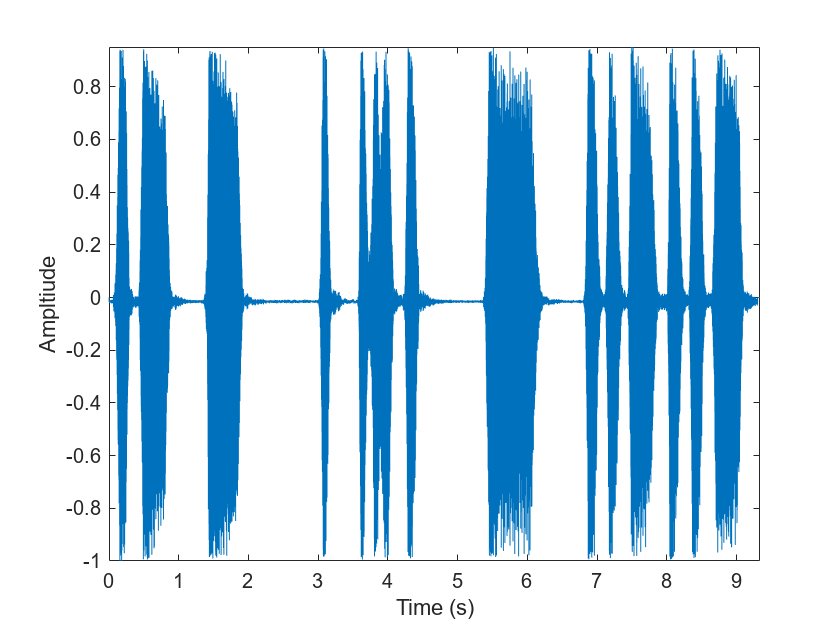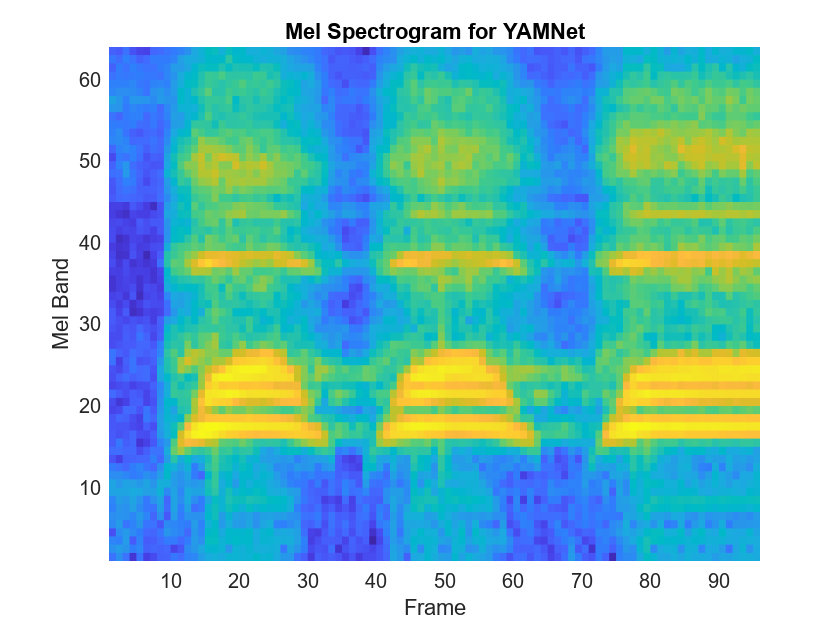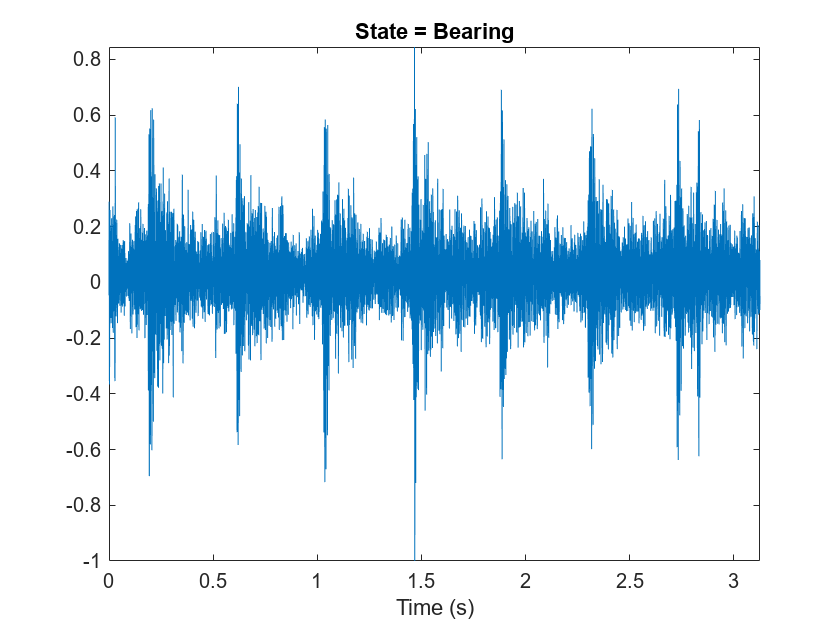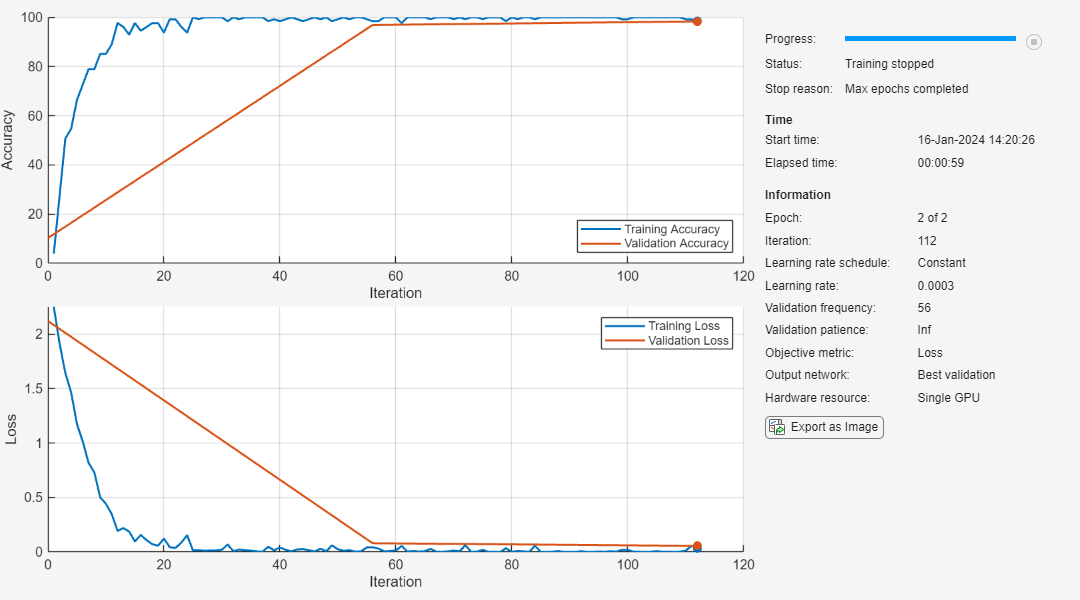audioPretrainedNetwork
Syntax
Description
net = audioPretrainedNetwork(name,Name=Value)
[
also returns the class names for the pretrained YAMNet network.net,classNames] = audioPretrainedNetwork("yamnet",___)
This function requires Deep Learning Toolbox™.
Examples
Input Arguments
Name-Value Arguments
Output Arguments
References
[1] Gemmeke, Jort F., Daniel P. W. Ellis, Dylan Freedman, Aren Jansen, Wade Lawrence, R. Channing Moore, Manoj Plakal, and Marvin Ritter. 2017. “Audio Set: An Ontology and Human-Labeled Dataset for Audio Events.” In 2017 IEEE International Conference on Acoustics, Speech and Signal Processing (ICASSP), 776–80. New Orleans, LA: IEEE. https://doi.org/10.1109/ICASSP.2017.7952261.
[2] Hershey, Shawn, et al. “CNN Architectures for Large-Scale Audio Classification.” 2017 IEEE International Conference on Acoustics, Speech and Signal Processing (ICASSP), IEEE, 2017, pp. 131–35. DOI.org (Crossref), doi:10.1109/ICASSP.2017.7952132.
[3] Cramer, Jason, et al. "Look, Listen, and Learn More: Design Choices for Deep Audio Embeddings." In ICASSP 2019 IEEE International Conference on Acoustics, Speech and Signal Processing (ICASSP), IEEE, 2019, pp. 3852-56. DOI.org (Crossref), doi:/10.1109/ICASSP.2019.8682475.
[4] Kim, Jong Wook, Justin Salamon, Peter Li, and Juan Pablo Bello. “Crepe: A Convolutional Representation for Pitch Estimation.” In 2018 IEEE International Conference on Acoustics, Speech and Signal Processing (ICASSP), 161–65. Calgary, AB: IEEE, 2018. https://doi.org/10.1109/ICASSP.2018.8461329.
[5] Ravanelli, Mirco, et al. SpeechBrain: A General-Purpose Speech Toolkit. arXiv, 8 June 2021. arXiv.org, http://arxiv.org/abs/2106.04624
Version History
Introduced in R2024a
See Also
trainnet (Deep Learning Toolbox) | trainingOptions (Deep Learning Toolbox) | dlnetwork (Deep Learning Toolbox) | minibatchpredict (Deep Learning Toolbox) | scores2label (Deep Learning Toolbox) | predict (Deep Learning Toolbox)





